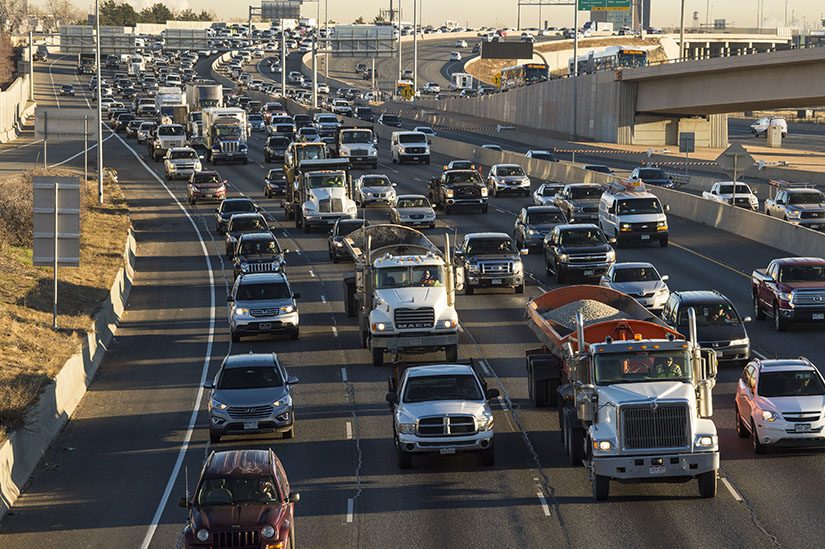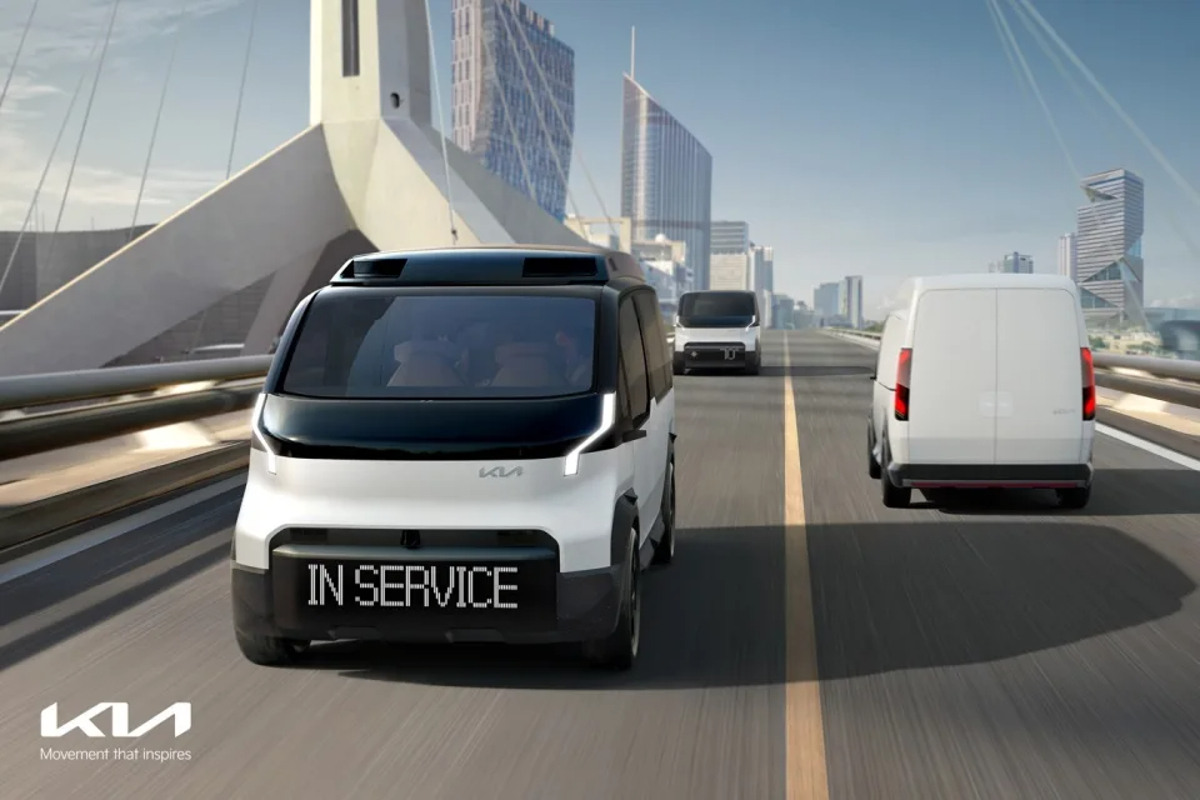Sign up for daily news updates from CleanTechnica on email. Or follow us on Google News!
The rapid adoption of zero-emission electric vehicles will move the nation close to an 80% or more drop in transportation greenhouse gas emissions by 2050 from the 2019 level according to researchers from the U.S. Department of Energy’s National Renewable Energy Laboratory (NREL).

Bumper-to-bumper traffic jams the I-25 corridor in Denver, Colorado. The increased adoption of zero-emission vehicles is expected to help curb greenhouse gas emissions. Photo by Dennis Schroeder, NREL.
The researchers came to that conclusion after running thousands of computer simulations on the steps needed to decarbonize passenger and freight travel, which make up the largest contributor to greenhouse gases. While they advised that “no single technology, policy, or behavioral change” is enough by itself to reach the target, eliminating tailpipe emissions would be a major factor.
“There are reasons to be optimistic and several remaining areas to explore,” said Chris Hoehne, a mobility systems research scientist at NREL and lead author of a new paper detailing the routes that could be taken. “In the scientific community, there is a lot of agreement around what needs to happen to slash transportation-related greenhouse gas emissions, especially when it comes to electrification. But there is high uncertainty for future transportation emissions and electricity needs, and this unique analysis helps shed light on the conditions that drive these uncertainties.”
The paper, “Exploring decarbonization pathways for USA passenger and freight mobility,” appears in the journal Nature Communications. Hoehne’s co-authors from NREL are Matteo Muratori, Paige Jadun, Brian Bush, Artur Yip, Catherine Ledna, and Laura Vimmerstedt. Two other co-authors are from the U.S. Department of Energy.
While most vehicles today burn fossil fuels, a zero-emission vehicle (ZEV) relies on alternate sources of power, such as batteries or hydrogen. Transportation ranks as the largest source of greenhouse gas emissions in the United States and the fastest-growing source of emissions in other parts of the world,
The researchers analyzed in detail 50 deep decarbonization scenarios, showing that rapid adoption of ZEVs is essential alongside a simultaneous transition to a clean electric grid. Equally important is managing travel demand growth, which would reduce the amount of clean electricity supply needed. The researchers found the most dynamic variable in reducing total transportation-related emissions are measures to support the transition to ZEVs.
Using a model called the Transportation Energy & Mobility Pathway Options (TEMPO), the researchers performed more than 2,000 simulations to determine what will be needed to decarbonize passenger and freight traffic. The study explores changes in technology, behavior, and policies to envision how passenger and freight systems can successfully transition to a sustainable future. Policy changes may require new regulations that drive the adoption of electric vehicles, for example. Technology solutions will call for continued advancements in batteries, fuel cells, and sustainable biofuels, among others. Behavior comes into play in considering shifts in population and travel needs. Someone moving away from an urban core, for example, might have to travel longer distances to work.
“The transportation sector accounts for about a quarter of greenhouse gas emissions in the United States, and about two-thirds of all that is from personal vehicle travel,” Hoehne said.
By employing a combination of strategies, the study shows that the maximum potential for 2050 decarbonization across the simulated scenarios is a staggering 89% reduction in greenhouse gases relative to 2019, equivalent to an 85% reduction from the 2005 baseline.
“Recent progress in technology coupled with the pressing need to address both the climate crisis and air quality issues have elevated the importance of clean transportation solutions,” said Muratori, manager of the Transportation Energy Transition Analysis group and architect of the TEMPO model. “This shift has made transitioning the entire sector towards sustainability an achievable goal and a top priority in the United States and worldwide.”
Funding was provided by the U.S. Department of Energy Office of Energy Efficiency and Renewable Energy Strategic Analysis Team.
NREL is the U.S. Department of Energy’s primary national laboratory for renewable energy and energy efficiency research and development. NREL is operated for DOE by the Alliance for Sustainable Energy LLC.
News Release from NREL.
Have a tip for CleanTechnica? Want to advertise? Want to suggest a guest for our CleanTech Talk podcast? Contact us here.
EV Obsession Daily!
I don’t like paywalls. You don’t like paywalls. Who likes paywalls? Here at CleanTechnica, we implemented a limited paywall for a while, but it always felt wrong — and it was always tough to decide what we should put behind there. In theory, your most exclusive and best content goes behind a paywall. But then fewer people read it!! So, we’ve decided to completely nix paywalls here at CleanTechnica. But…
Thank you!
Community Solar Benefits & Growth
CleanTechnica uses affiliate links. See our policy here.




